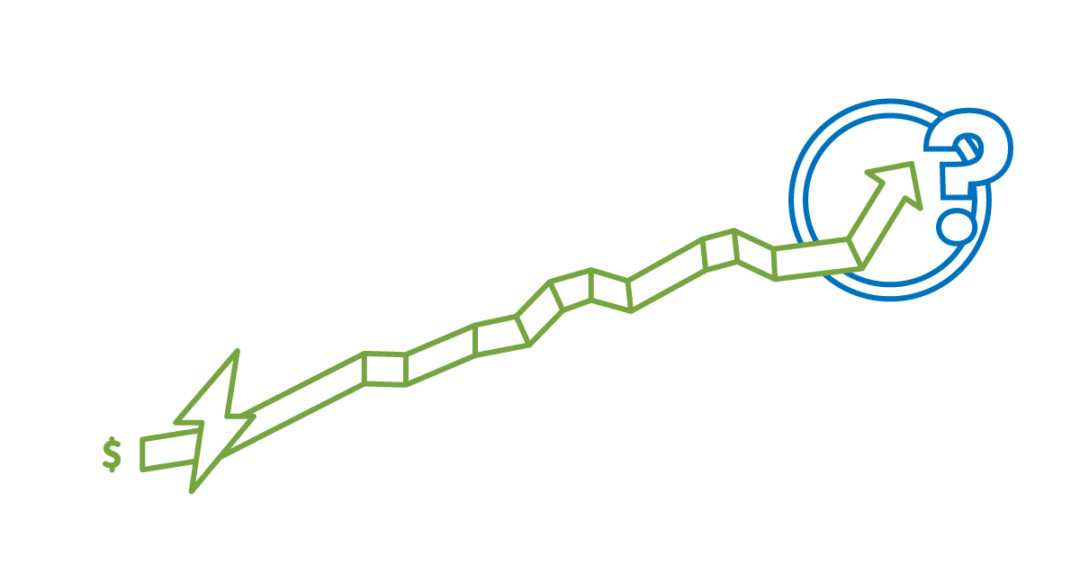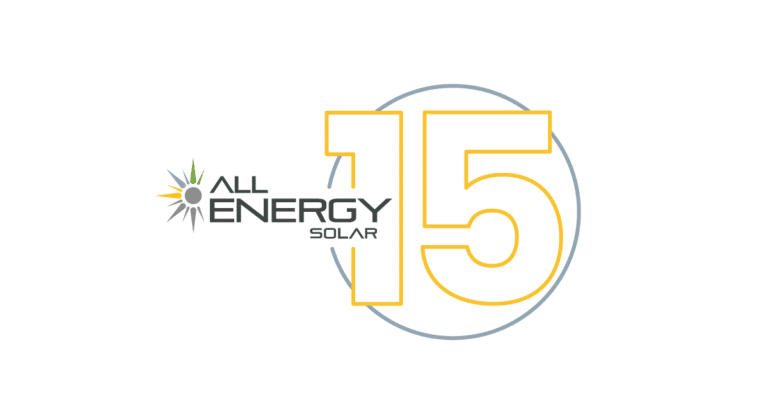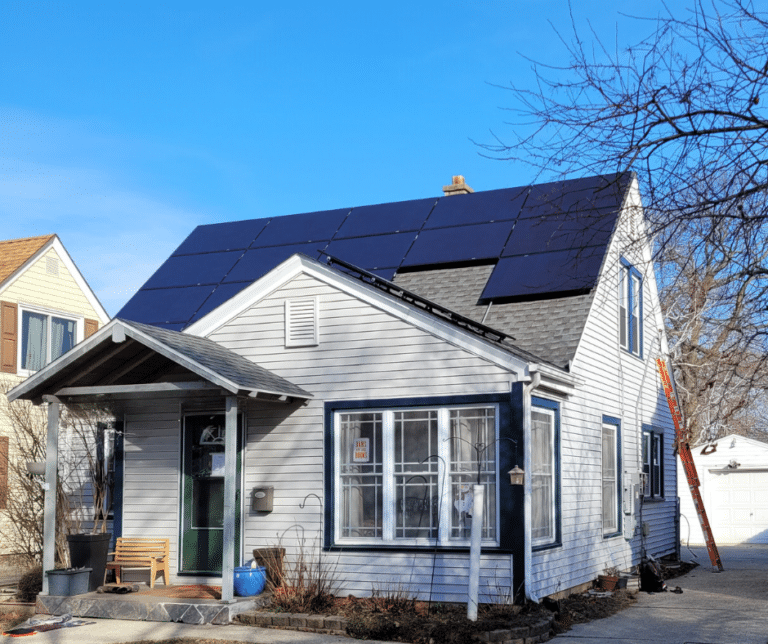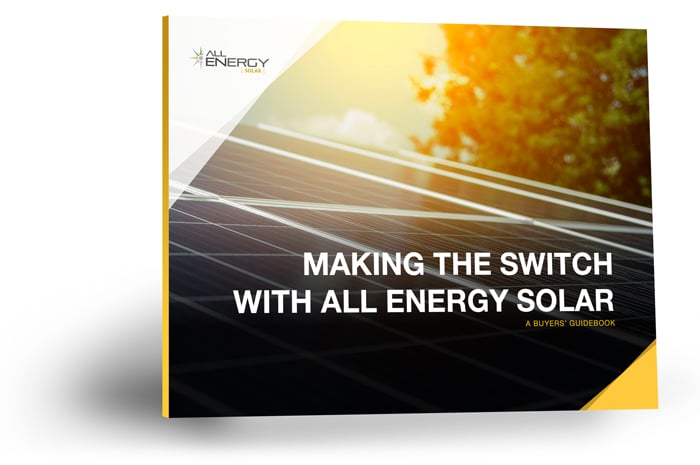After the past few years of rapidly rising inflation rates in the U.S. and around the world, we’ve all but gotten accustomed to seeing higher prices each time we go to the grocery store or go out for dinner. There’s a good chance you also noticed this on your electrical bill.
Although rates per kilowatt-hour vary broadly across the U.S. (from 10.35¢/kWh in Idaho to 28.38¢/kWh in California), one thing is certain; they are increasing and they will continue to increase over time. Let’s explore a few of the factors that are contributing to this never-ending rise.

Market dynamics and external influences
As with any complicated market, external factors and market dynamics can have a big influence on the overall cost of electricity. Events such as changes in fuel prices, geopolitical instability, and extreme weather conditions can impact supply and demand, affecting the overall market and potentially leading to changes in electricity rates. Sometimes this can be very noticeable in the case of a large weather event in a region or a global crisis, such as a war. Unfortunately for those relying on your electrical utility for your power, some of these influences have been very visible and pronounced in the past few years.
Investments and infrastructure
The costs associated with building, upgrading, and maintaining the physical infrastructure of the electricity system, including power plants, transmission lines, and distribution networks are also passed onto you, the consumer via your monthly bill. This includes investments in modern technologies to improve the efficiency and reliability of the grid.
Operational and economic factors
Lasly, fluctuations in the day-to-day operational expenses of generating and delivering electricity, such as fuel costs, compliance with environmental regulations, labor expenses, and overall financial considerations can also directly impact the cost of electricity production and, consequently, rates. These increases may be seemingly small, but can add up over time—an average of 2.9% per year, on average, since 1960!
The best way to lock in your electricity rate
Fortunately, solar solves the problem of ever-increasing electricity rates by letting you lock in your electrical costs at today’s rate and at a rate that is typically much lower than standard electrical costs from your utility.
When you install solar panels on your property, you make an initial investment to purchase and install the equipment. Since the sunlight is free, and your solar panels have a lifespan of typically 30 years or more, you can enjoy incredibly stable electricity costs over the long term. This also allows you to reduce your reliance on electricity from the grid—something that is particularly advantageous when grid electricity prices are subject to fluctuations. There are ways to finance your solar installation that allow you to begin saving money on day one, thereby locking in your electricity rate for years to come. Contact us today to see how we can help you get started.



